How to buy
Privacy | Do not sell or share my personal information | Cookie preferences | Report noncompliance | Terms of use | © 2023 Autodesk Inc. All rights reserved
Before we get started with the steps and software involved in creating a game, let’s talk about the differences between game design and game development. Just keep in mind that if you want to make a game on your own, you’ll need to do both.
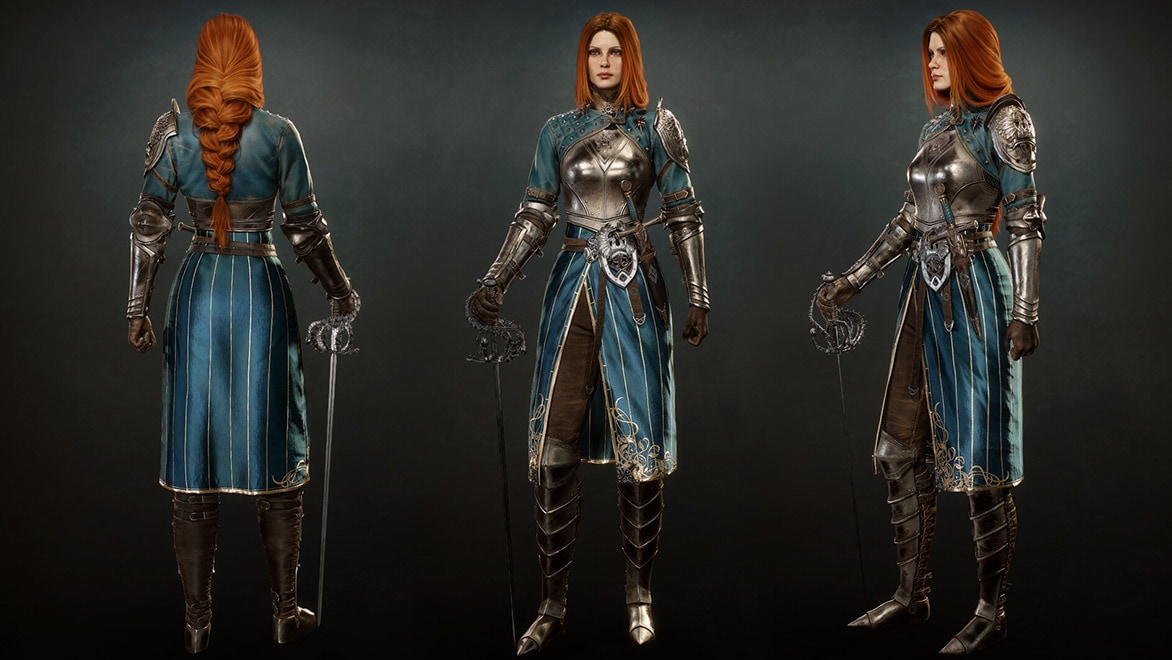
Image courtesy of Amanda Irani.
The initial stages of making a game revolve around creative design. In the design phase, you’ll come up with the concept of your game, consider the target audience, and map out the gameplay mechanics and features.
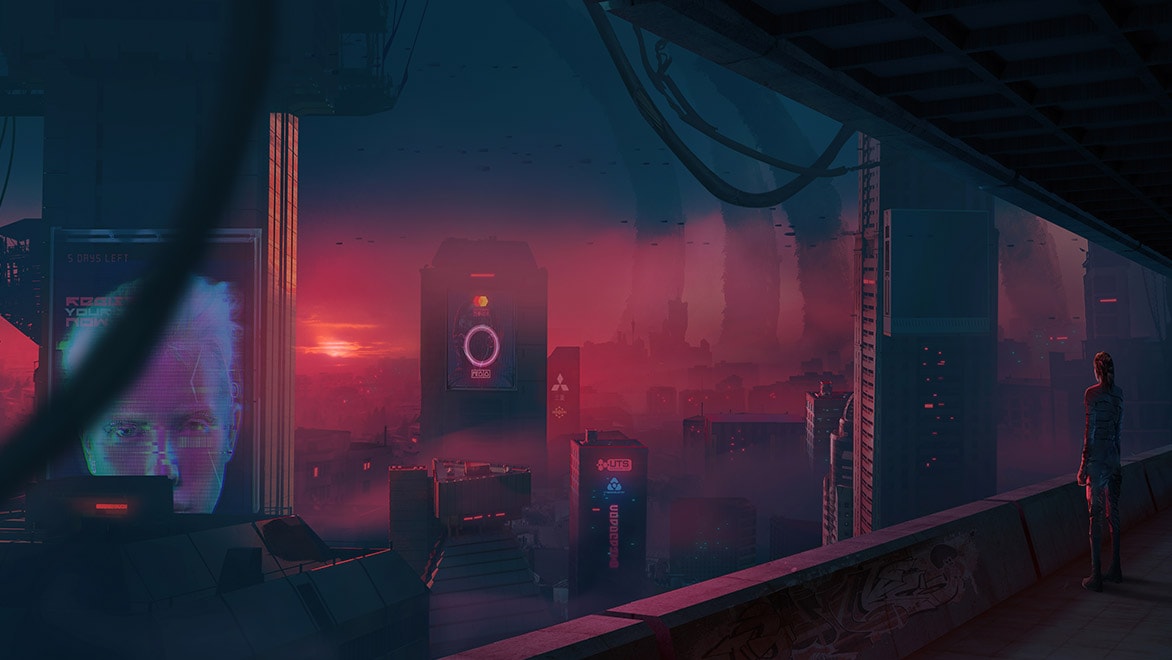
Image courtesy of Edit Ballai.
Game development involves the actual creation of game characters, objects, environments, and levels, as well as the more technical side of the game creation process – also called game programming.
Although creating a video game is undoubtedly a complex and intricate process, with the right tools it’s not as difficult as you may first think.
First things first – figure out what you want your game to be about. Think about the type of game you want to make; are you making real-time strategy, multiplayer online battle arena (MOBA), or role-playing game (RPG) (to name a few)? Decide on the platform for your game; will it be a mobile, console, or PC game? And, consider aspects such as characters, plots, concepts, features and mechanics.
Extensive research is essential to video game creation. Gather all the information you need for the type of game you want to build. Many game developers find a game design document (GDD) highly useful, as it provides a brief of the entire project and outlines all the important worldbuilding details.
Game prototyping is an important component of the game development process. It involves creating a raw prototype of your game to test and refine the user experience, gameplay, mechanics, and art direction. Prototyping at an early stage is important as it allows you to unearth interface and mechanical problems that can easily be fixed, before you invest too much time and money into building the game itself. Make sure you ask others to test your prototype as well. They just might find unexpected issues that aren’t obvious to you!
Once you’ve completed your research and early prototyping, it’s time to start developing your game. This means choosing your creative software, deciding on a game engine, and selecting which programming language you will use to code your game (there’s more on programming languages in the next section). During this phase of development, you can also start scripting code for your game.
Learn from your prototypes. Resolve any issues as early on in the process as possible and make sure your game has all the necessary features, settings, designs, sound effects and visual effects that it needs. Optimise the gaming experience as much as possible, paying particular attention to the usability of the game.
Testing your game and asking other to test your game is crucial. Quality assurance (QA) is key to the success of your game and it’s important to assess its ease-of-use and intractability. Test every aspect possible and fix any bugs, glitches or errors you may find. This includes making sure that your game is accessible to players with disabilities. Make sure there aren’t any barriers that will keep players from experiencing your game. Repeat this step a few times to make sure you’ve tested everything thoroughly.
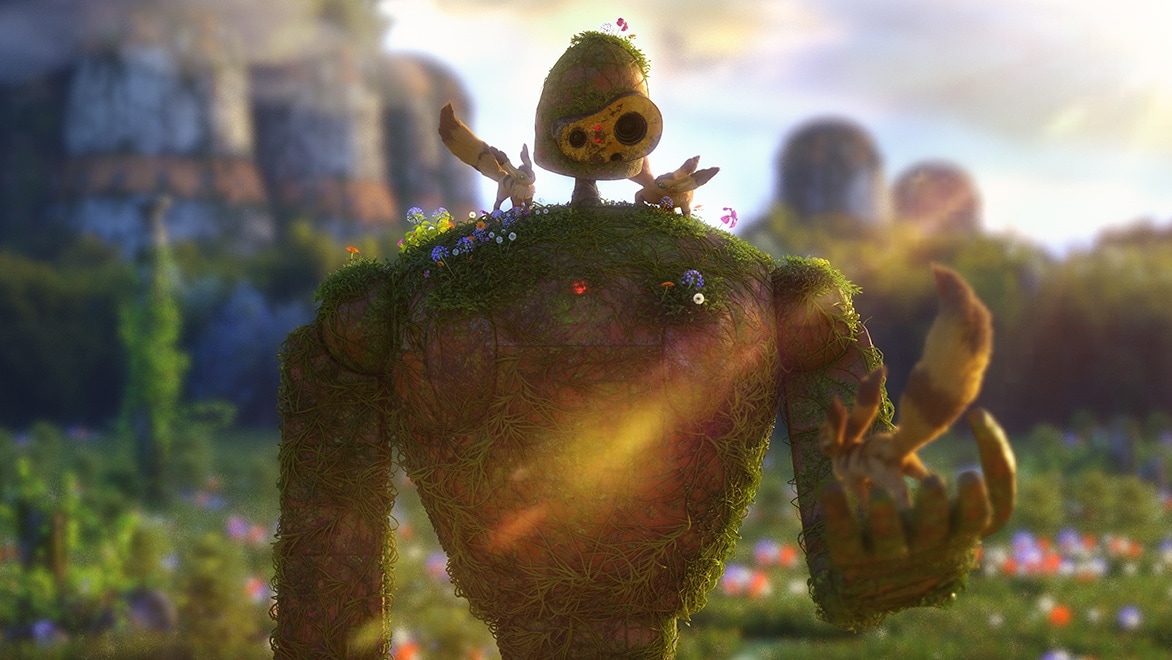
Image courtesy of Vitor Mar.
When developing your video game, there are a number of different programming languages to consider for coding. Some of the most popular and commonly used include C++, Java, JavaScript, HTML5, C# and Python. The more complex your game concept is, the deeper your understanding of programming languages will need to be.
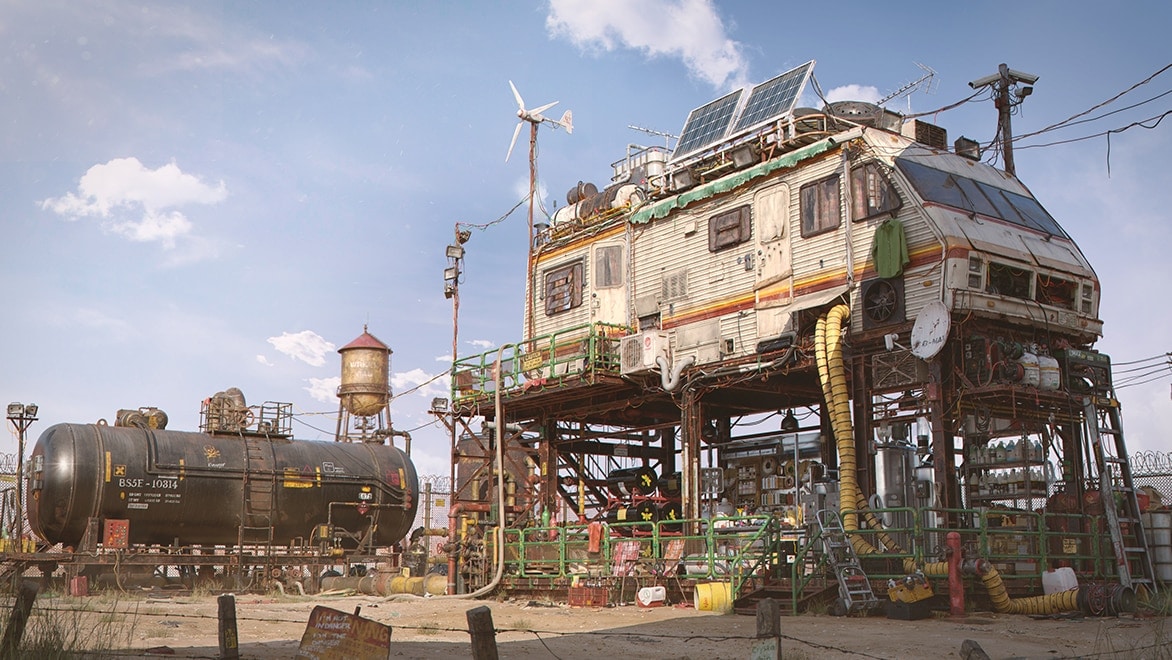
Image courtesy of Bondok Max.
When deciding which software to use, think about which tools will best help you model assets, build environments, animate characters, and create FX, as well as which game engine you’ll use to build immersive levels and gameplay.
If you’re working with a team, consider investing in a production management tool too. This will help you track project milestones and review iterations of your game.
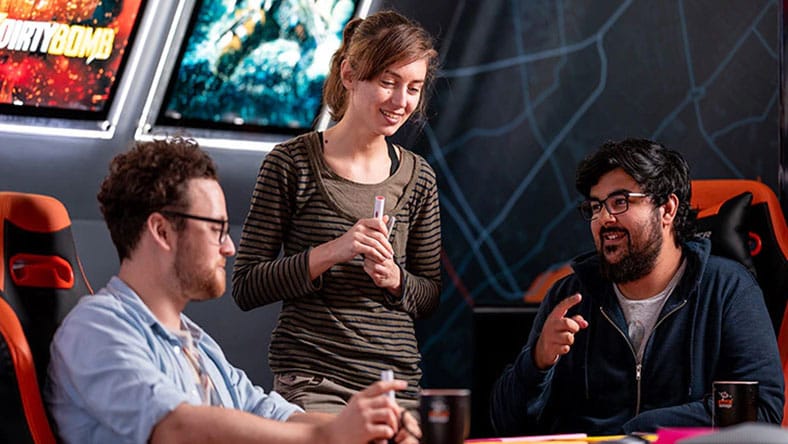
SPLASH DAMAGE
Read what Splash Damage, the UK game studio behind familiar favorites such as Wolfenstein: Enemy Territory and the Gears of War franchise, had to say about the Autodesk Media & Entertainment Collection.
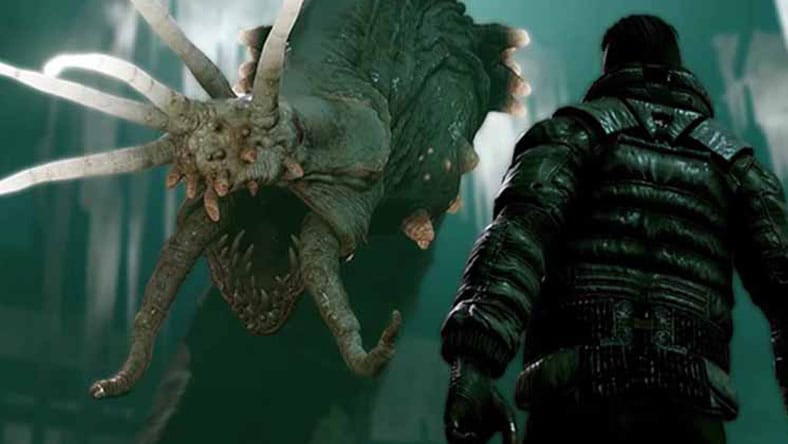
SPIDERS
With GreedFall, Spiders cemented their status as creators of truly immersive, tactical Action RPGs. 3D animator Arthur Munoz shares his experience bringing the game’s characters, bosses, and lush settings to life.
Image courtesy of Arthur Munoz.
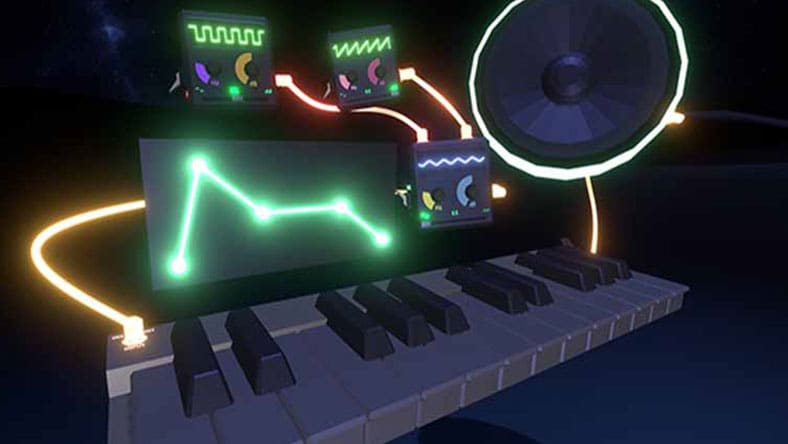
VR GAME DEVELOPERS
How will VR change our everyday lives? Game developers from Quantum Capture, TeamStorm VR, Blackthorn Media, Hard Light Labs, and Psyop share their predictions on the future.
Image courtesy of Hard Light Labs.
Find the answers to frequently asked questions about game design and development.
The length of time it takes to create a video game is entirely dependent on the type of game you want to make, how complex it is to design and develop, and how much time you are able to commit to the project. Many modern console or PC games can take up to 5 years to complete, whereas a mobile game can be designed and developed over the course a few months.
‘AAA games’ is a term used in the video game industry as an informal classification to refer to high-profile games distributed by major video game publishers. A triple-A game usually has a high development budget. Find definitions to other common terms in our Game Dev Glossary.
‘AA game’ is a term referring to games developed by mid-sized game studios with higher budgets than indie games, but not quite as high as AAA games.
An ‘indie game’ is a game created by an individual or smaller development team without the technical or financial support of a major video game publisher.
Video games are the product of both art and science. The design and development of a video game requires artistic creativity and knowledge of technical computer science. Game developers must have an extensive understanding of game development disciplines, such as proficiency in programming languages, technical skills and the ability to use powerful game development software.